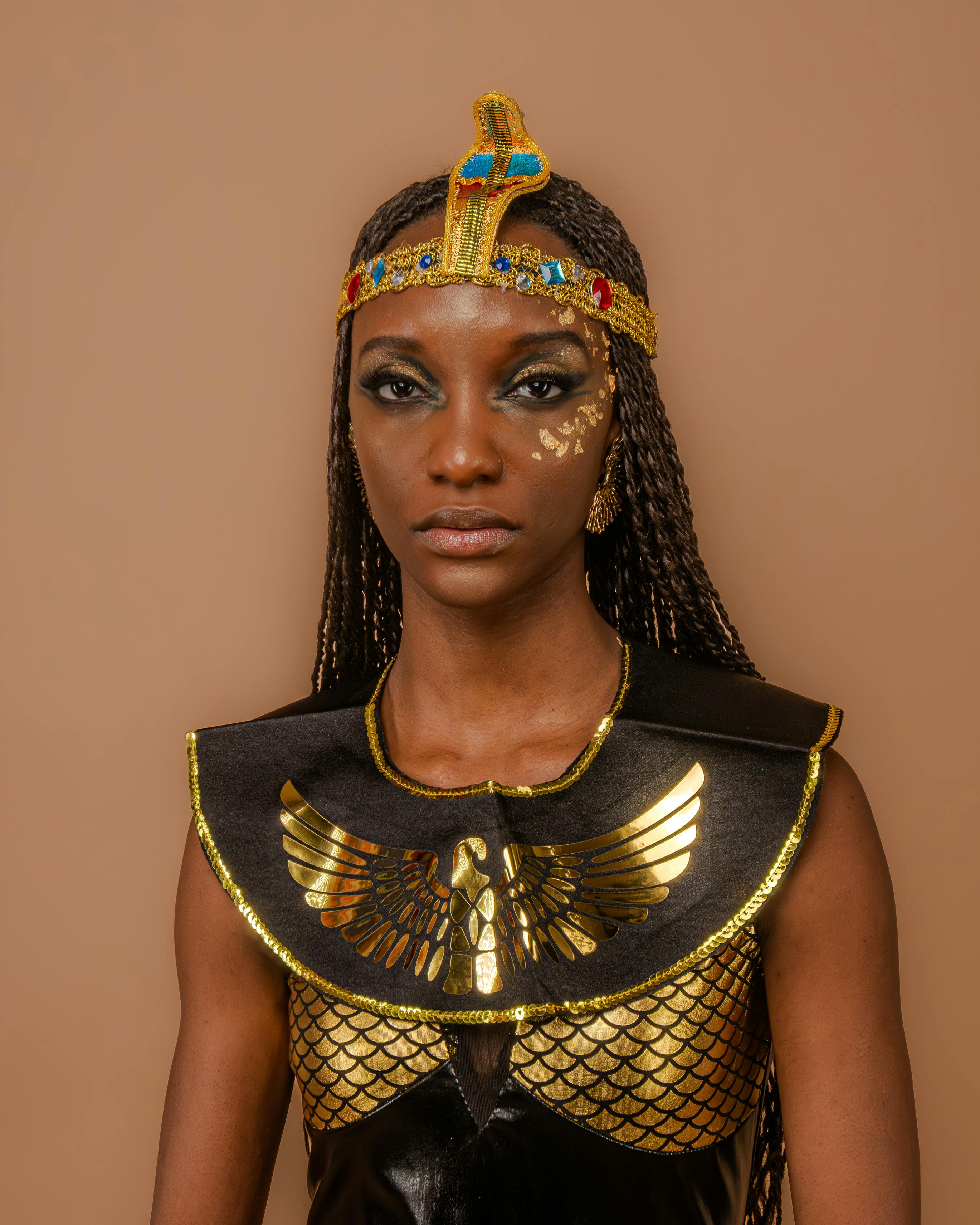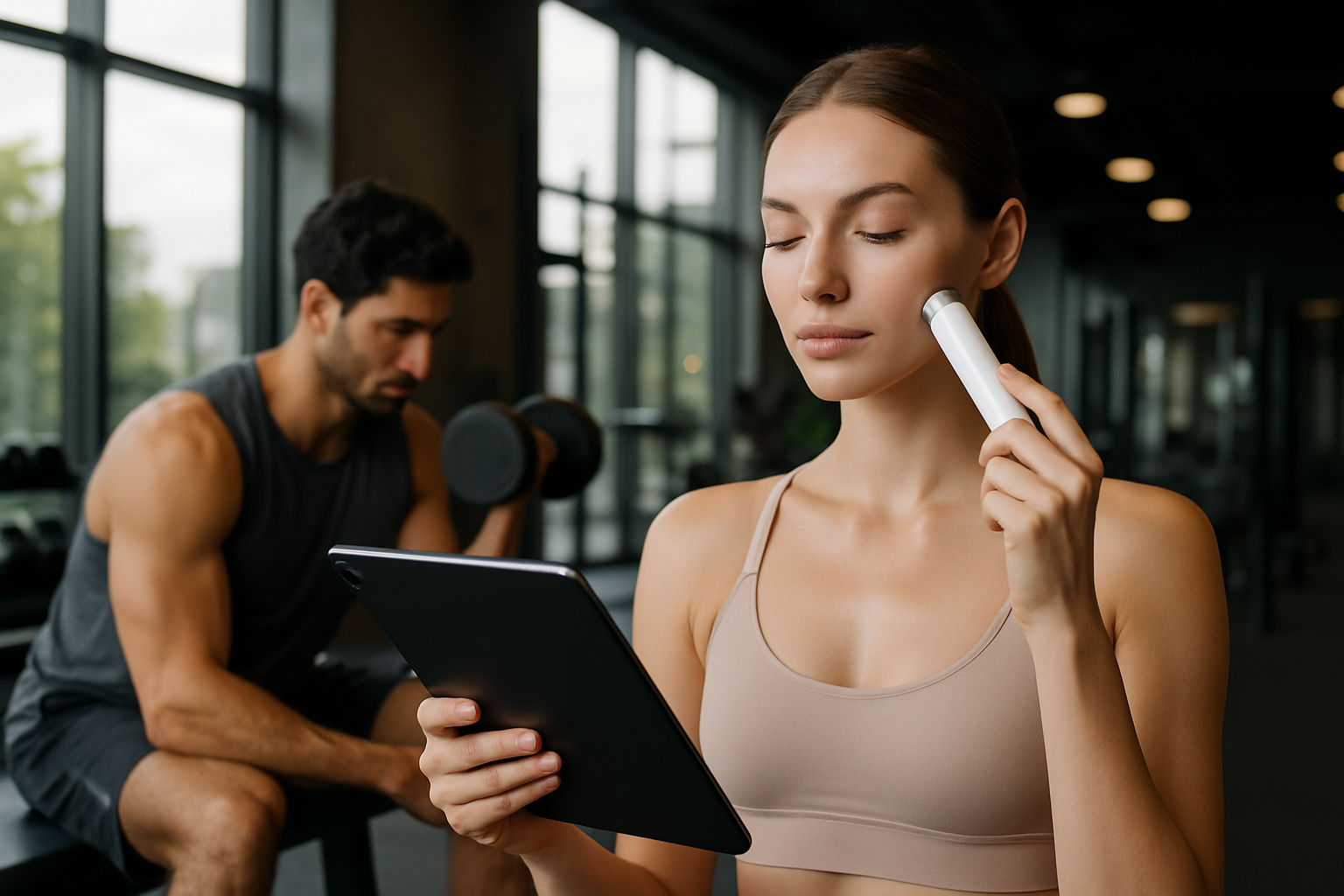The Transformative Power of Makeup: An Artistic Journey Through Time
Makeup has been a fundamental aspect of human culture for thousands of years, serving myriad purposes across different societies and eras. From the ancient Egyptians' use of kohl to enhance the eyes, to the geishas of Japan with their iconic white faces and red lips, to the contemporary makeup trends seen on social media today, makeup has always been a form of self-expression, a tool for transformation, and a reflection of societal norms and values. This article seeks to explore the rich history of makeup, its evolution through time and across cultures, and its enduring significance in the modern world.

A Palette from the Past: The Origins of Makeup
The history of makeup is as diverse and colorful as the products themselves. In ancient Egypt, both women and men used makeup as a sign of status and wealth. Kohl was used for eye makeup, and red ochre was a popular choice for lips and cheeks. The ancient Greeks and Romans also valued beauty and used cosmetics, but in a more minimalistic and natural manner compared to the Egyptians.
In Asia, the geishas of Japan are perhaps the most iconic examples of early makeup use. The white face paint, red lips, and intricate details were not just ornamental, but also a symbol of their social status and profession. In India, the use of kohl and henna has been a part of their culture for centuries, used in daily life and religious ceremonies.
Renaissance to Revolution: Makeup Through the Ages
In Europe, the perception of makeup changed drastically from the Renaissance to the 20th century. During the Renaissance, pale skin was considered a sign of nobility, and women often used white lead paint to achieve this look, despite the health risks. The Victorian era, however, saw a shift towards a more natural look, with makeup being deemed inappropriate and vulgar.
The 20th century brought about a revolution in the beauty world. The flappers of the 1920s pushed boundaries with their bold eye makeup and bobbed hair, rejecting the restrictive norms of the previous era. In the 1960s, the mod look, characterized by dramatic eye makeup, became popular, symbolizing the youth and rebellion of the time.
The Modern Canvas: Makeup in Today’s World
In the present day, makeup has become an art form, a form of self-expression, and a tool of empowerment. The rise of social media has led to an explosion of beauty trends, from contouring to unicorn-inspired looks, reflecting our society’s creativity and diversity.
However, the beauty industry has also faced criticism for perpetuating unrealistic beauty standards and lack of diversity. Thankfully, there is a growing movement towards inclusivity, with brands releasing wider shade ranges and campaigns featuring models of different ages, sizes, and skin tones.
The Impact of Makeup: More Than Skin Deep
Beyond aesthetics, makeup has significant psychological effects. It can boost confidence, allowing individuals to present their best selves to the world. It can also be a form of therapy, providing a creative outlet and a sense of control in one’s life.
Research suggests that wearing makeup can positively influence perceptions of a woman’s likability and competence. However, it’s essential to remember that makeup should be a choice, not a requirement, and that true beauty comes from within.
The Future of Makeup
The future of makeup is promising and exciting. With advancements in technology, we can expect innovative products that cater to individual needs and preferences. The focus will likely shift towards clean beauty, with consumers demanding products that are not only effective but also environmentally friendly and ethically produced.
Moreover, the narrative around beauty is changing, with an emphasis on embracing one’s uniqueness rather than conforming to a standard. As society continues to evolve, makeup will undoubtedly remain a powerful tool for self-expression and transformation, reflecting the zeitgeist of the time.




